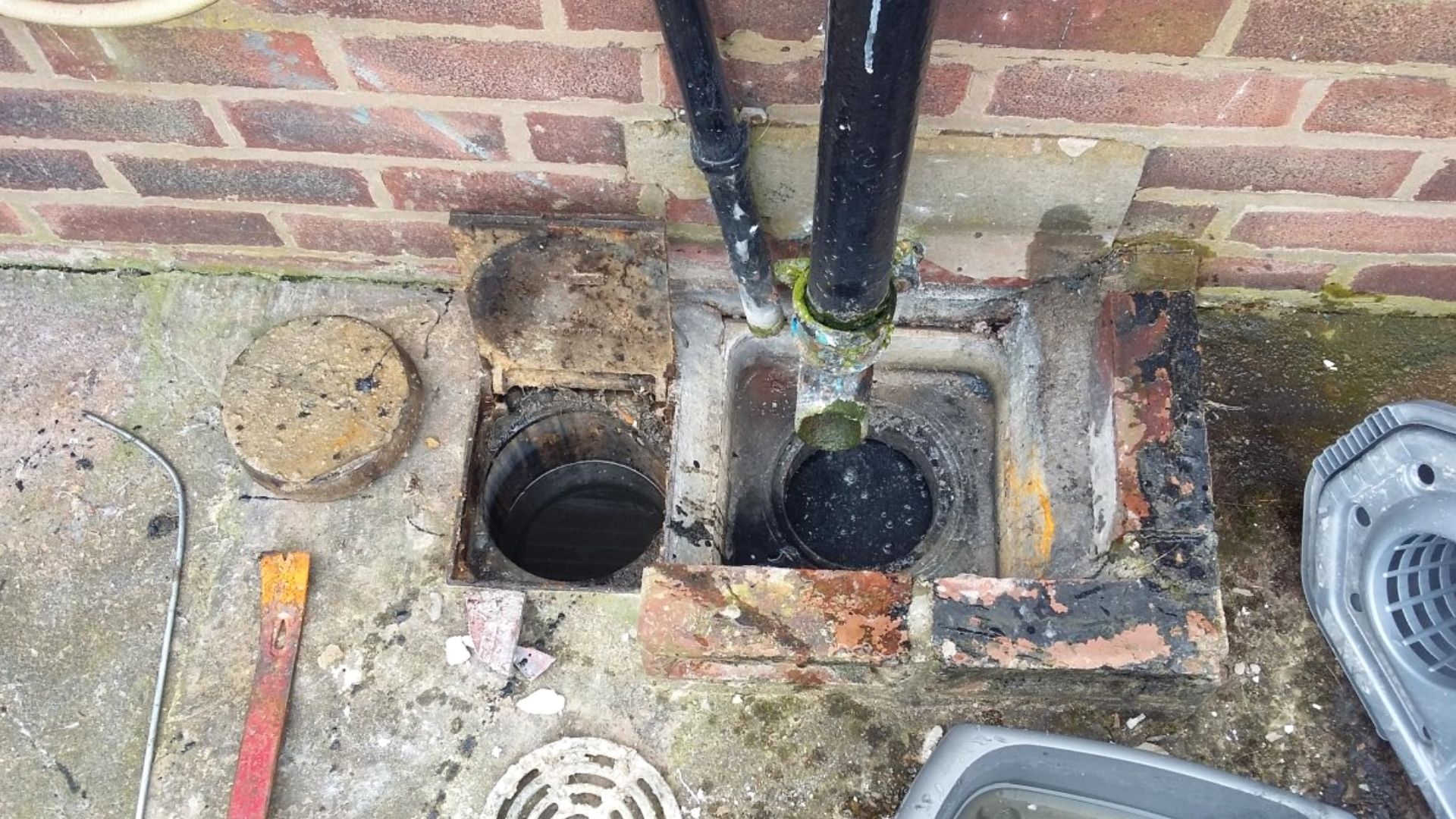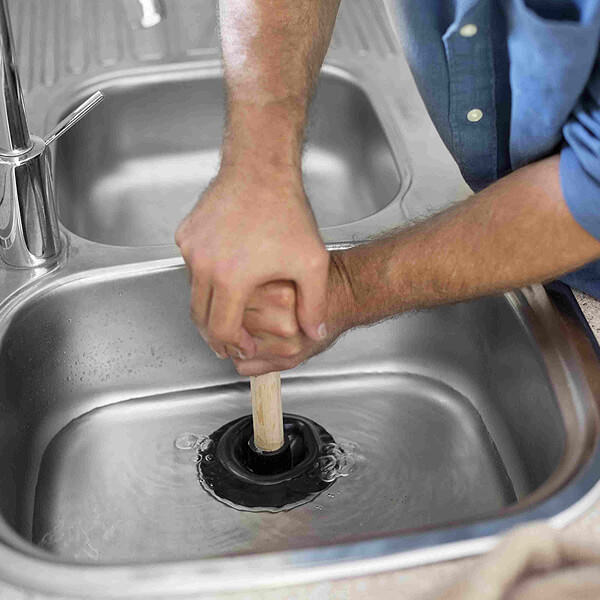Actions for Managing a Blocked Drain Prior to Consulting Expert Help
Actions for Managing a Blocked Drain Prior to Consulting Expert Help
Blog Article
What are your thoughts and feelings about How to handle a clogged drain in your home?

Introduction
Dealing with a blocked drainpipe can be an aggravating experience, interfering with day-to-day activities and potentially causing damages to your residential or commercial property. Nonetheless, before connecting to plumbing professionals, there are steps you can require to resolve the concern on your own. In this overview, we'll check out DIY remedies and safety nets to deal with a blocked drainpipe successfully.
Identifying the Concern
The primary step in attending to a blocked drainpipe is recognizing the indications. Slow-moving drain, gurgling audios, foul odors emanating from drains, or water support up are common indications of a blocked drain. Recognizing these indicators early can help avoid additionally complications.
Choosing the Right Plumbing Service
When selecting a plumbing service, think about aspects such as experience, licensing, and client testimonials. Pick a trusted plumbing technician with a track record of quality workmanship and clear rates techniques.
Expense Factors to consider
The expense of specialist drain cleaning company can vary depending on the intensity of the blockage and the plumbing technician's prices. Request quotes from several providers and inquire about any kind of additional charges to make sure openness and avoid surprises.
Security Measures
When trying do it yourself drainpipe cleansing, focus on safety. Use protective gloves and eyewear to avoid contact with hazardous chemicals or germs. Never blend different drainpipe cleaning items, as this can generate unsafe fumes.
Case Studies
Real-life instances illustrate the effectiveness of do it yourself services and the importance of timely expert treatment in solving drain clogs.
Common Root Causes Of Blocked Drains
Recognizing the factors that add to drain clogs is important for reliable resolution. Typical wrongdoers include hair, soap residue, oil, food particles, and foreign objects like sanitary items or paper towels. Tree roots invading below ground pipes can also cause considerable obstructions.
DIY Solutions
For minor obstructions, a number of DIY services can be efficient. Pouring boiling water down the drainpipe can assist dissolve grease and particles. Sodium bicarbonate and vinegar or a blend of salt and baking soda can work as all-natural cleaners. Utilizing a plunger or pipes serpent to remove obstructions is one more option.
Tools and Equipment
Having the right tools available can make do it yourself drainpipe cleaning up much more effective. A bettor is a flexible tool for clearing obstructions in sinks, bathrooms, and showers. A plumbing snake or auger can get to deeper blockages, while drainpipe cleansing chemicals can be made use of cautiously for persistent blockages.
Preventive Measures
To avoid future obstructions, embracing preventive measures is vital. Set up drainpipe guards or strainers to catch hair and particles prior to they go into the pipes. Frequently flush drains with warm water to dissolve grease buildup, and avoid getting rid of grease or strong waste down the drain.
When to Call a Specialist
While DIY remedies can fix small clogs, specific indicators indicate the demand for professional help. Relentless blockages, foul odors in spite of cleansing efforts, or several drains backing up concurrently are warnings that warrant professional intervention.
Final thought
By adhering to the pointers outlined in this overview, you can properly take on obstructed drains pipes and avoid future pipes problems. Whether selecting do it yourself services or seeking professional support, prompt activity is crucial to preserving a healthy pipes system and maintaining the stability of your home.
How to Clear a Clogged Drain Yourself (And When to Call In the Professionals)
What Can Clog a Drain
Dirt Skin flakes Hair Grease Soap scum Food Offset pipes Tree roots Small objects Mineral buildup DIY Tricks to Unclog a Drain
You can fix this! Once you have identified the source of the clog (or have a vague idea), you can try one or a combination of these fixes in order to clear your plumbing.
Wire Hanger or Snake
Untangle and clear out hair from a drainpipe with a homemade snake. Use a straightened-out wire hanger with a 90-degree angle hook to locate the clog and drag out any unwanted material.
Remember not to push the clog further down to where the wire hanger cannot reach! If you need to follow up with a plunger, give it a try. Your efforts might be more successful after it’s been wire-snaked.
If you want to get fancy and don’t have a wire hanger to spare, head to the store and pick up a hand-operated drain snake. You can get one for $10-$30. It may save you the hassle, and provide additional length to reach deep into the clogged pipe.
Plunger
A cup plunger has a suction cup attached to a wooden handle. The rubber creates a seal around the drain, and increases the pressure force of the plunger.
Plunge for 30-second increments to loosen the clog. This may need to be repeated over the course of 15-20 minutes. Once plunged, run the water to flush the remaining material out of the drain.
Remember– never use a plunger if you have used a chemical drain cleaner. These chemicals can splash up from the force of the plunger and cause serious injury or burns.
Boiling Water
Hot water can sometimes break up materials into a flushable amount. Dirt, grease, and soap buildup requires heat in order to unstick from surfaces.
Take your kitchen kettle and heat your water to a boil. Once it reaches a rolling boil, pour it directly down the drain into the blockage. Carefully follow with plunging, if necessary.
Don’t worry if this takes more than one try! It can often take multiple kettles and repeated plunging in order to clear a particularly stubborn clog.
Chemical Drain Cleaner
As a last resort, pick up a bottle of chemical drain cleaner. Drain-cleaning chemicals are potent, and not very good for the environment.
You may need to wear protective eyewear in gloves before handling your bottle of chemical drain cleaner. Follow the instructions printed on the bottle, and flush with water as soon as the instructions allow. Do not follow with plunging.
Baking Soda and Vinegar
As a safer alternative to chemical drain cleaner, baking soda and vinegar can create a chemical reaction that clears tough clogs.
Combine one cup of cleaning vinegar with one cup of boiling water, and set aside. Once you have done this, pour half a cup of baking soda down the drain. Give the baking thirty seconds to settle and cover a large portion of the problem drain.
Following the baking soda, pour down your vinegar and hot water solution. Once the vinegar and baking soda combine, the mixture will bubble and fix. Let this reaction fizzle in the drain for about an hour.
After an hour, follow with a kettle’s worth of hot water. The heat and liquid should flush out any remaining material.
When to Call a Plumber
If your DIY attempts haven’t cleared your clog drain, it’s time to call in a professional. It’s not worth losing access to your kitchen sink or high-traffic bathroom. A clog in a vital area can keep you from the things you’d rather be doing, and derail your routine.
Anytime a clog is causing water to spread is a time to call in a plumbing service. What starts out as a little bit of water can quickly grow into serious, expensive water damage.
Additionally, a serious clog can result in burst pipes or serious leaks. Make sure you know when to take it seriously!
https://myguysnow.com/how-to-clear-a-clogged-drain-yourself-and-when-to-call-in-the-professionals/

Do you like reading about How to handle a clogged drain in your home? Place a remark down below. We'd be glad to hear your opinion about this review. We are looking forward that you come back again in the near future. For those who enjoyed our blog posting plz don't forget to share it. Kudos for your time. Come back soon.
Book Report this page